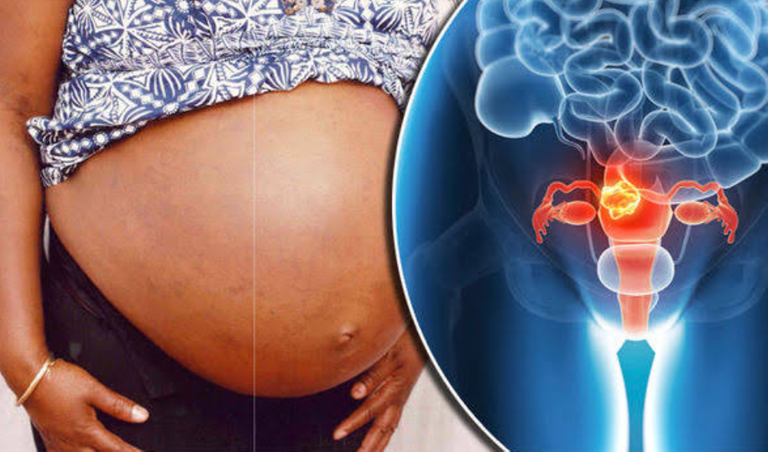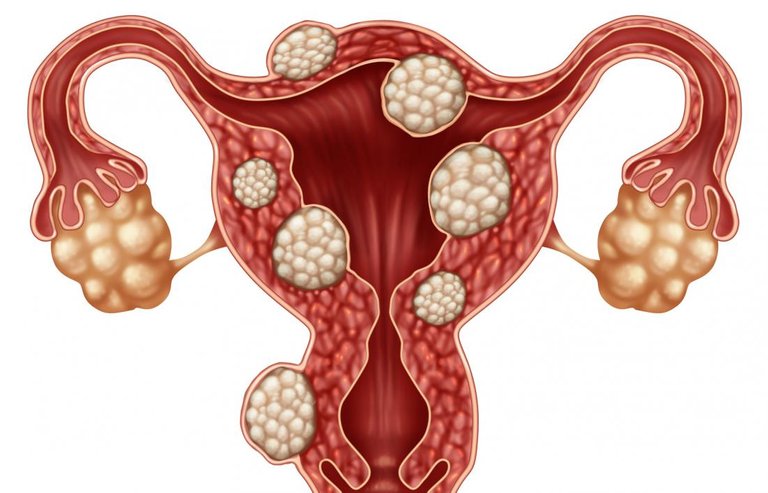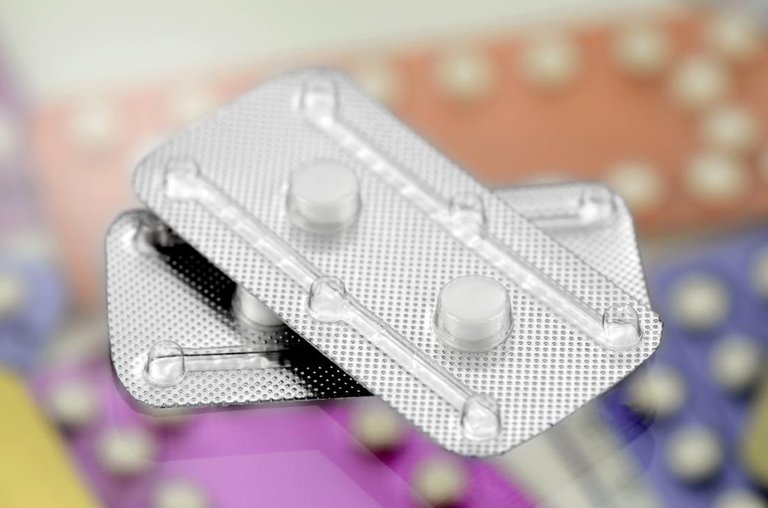
Uterine fibroids are non-cancerous tumors that grow from the muscle layers of the womb. These benign growths of smooth muscle can vary from the size of a bean to being as large as a melon.
They are also known as leiomyomas and myomas.
Fibroids affect around 30 percent of all women by the age of 35 years, and from 20 to 80 percent by the age of 50 years.
They usually develop between the ages of 16 to 50 years. These are the reproductive years during which estrogen levels are higher.
This MNT Knowledge Center article will look at the types of fibroid, their effects on the body, what causes them, how they are discovered, and what women can do to treat them.
Fast facts on fibroids:
Here are some key points about fibroids. More information is in the main article.
- Fibroids are most common during the reproductive years.
- It is unclear exactly why they form, but they appear to develop when estrogen levels are higher.
- Most people experience no symptoms, but they can include lower backache, constipation, and excessive or painful uterine bleeding leading to anemia.
- Complications are rare, but they can be serious.
Types

There are four types of fibroid:
- Intramural: This is the most common type. An intramural fibroid is embedded in the muscular wall of the womb.
- Subserosal fibroids: These extend beyond the wall of the womb and grow within the surrounding outer uterine tissue layer. They can develop into pedunculated fibroids, where the fibroid has a stalk and can become quite large.
- Submucosal fibroids: This type can push into the cavity of the womb. It is usually found in the muscle beneath the inner lining of the wall.
- Cervical fibroids: Cervical fibroids take root in the neck of the womb, known as the cervix.
The classification of a fibroid depends on its location in the womb.
Symptoms
Around 1 in 3 women with fibroids will experience symptoms.
These may include:
- heavy, painful periods, also known as menorrhagia
- anemia from heavy periods
- lower backache or leg pain
- constipation
- discomfort in the lower abdomen, especially in the case of large fibroids
- frequent urination
- pain during intercourse, known as dyspareunia
Other possible symptoms include:
- labor problems
- pregnancy problems
- fertility problems
- repeated miscarriages
If fibroids are large, there may also be weight gain and swelling in the lower abdomen.
Once a fibroid develops, it can continue to grow until menopause. As estrogen levels fall after menopause, the fibroid will usually shrink.
Causes
It remains unclear exactly what causes fibroids. They may be related to estrogen levels.
During the reproductive years, estrogen and progesterone levels are higher.
When estrogen levels are high, especially during pregnancy, fibroids tend to swell. They are also more likely to develop when a woman is taking birth control pills that contain estrogen.
Low estrogen levels can cause fibroids may shrink, such during and after menopause.
Genetic factors are thought to impact the development of fibroids. Having a close relative with fibroids increases the chance of developing them.
There is also evidence that red meat, alcohol, and caffeine could increase the risk of fibroids, and that an increased intake of fruit and vegetables might reduce it.
Being overweight or obese increases the risk of fibroids.
Childbearing lowers the risk of developing fibroids. The risk reduces each time a woman gives birth.
Diagnosis
As fibroids often do not show symptoms, they are usually diagnosed during routine pelvic examinations.
The following diagnostic tests can detect fibroids and rule out other conditions:
- A doctor can create ultrasound images by scanning over the abdomen or by inserting a small ultrasound probe into the vagina. Both approaches may be needed.
- An MRI can determine the size and quantity of fibroids.
- A hysteroscopy uses a small device with a camera attached to the end to examine the inside of the womb. The device is inserted through the vagina and into the womb through the cervix. If necessary, the doctor can take a biopsy at the same time to identify potentially cancerous cells in the area.
- A laparoscopy may also be performed. In a laparoscopy, the doctor makes a small opening in the skin of the abdomen and inserts a small tube with a lighted camera attached through the layers of abdominal wall. The camera reaches into the abdominopelvic cavity to examine the outside of the womb and its surrounding structures. If necessary, a biopsy can be taken from the outer layer of the womb.
Treatment

Treatment is only recommended for those women experiencing symptoms as a result of fibroids. If the fibroids are not affecting quality of life, treatment may not be necessary.
Fibroids can lead to heavy periods, but if these do not cause major problems, one may choose not to have treatment.
During menopause, fibroids often shrink, and symptoms often become less apparent or even resolve completely.
When treatment is necessary, it can take the form of medication or surgery. The location of the fibroids, the severity of symptoms, and any future childbearing plans can all affect the decision.
Medication
The first line of treatment for fibroids is medication.
A drug known as a gonadotropin-releasing hormone agonist (GnRHa) causes the body to produce less estrogen and progesterone. This shrinks fibroids. GnRHa stops the menstrual cycle without affecting fertility after the end of treatment.
GnRH agonists can cause menopause-like symptoms, including hot flashes, a tendency to sweat more, vaginal dryness, and, in some cases, a higher risk of osteoporosis.
They may be given before surgery to shrink the fibroids. GnRH agonists are for short-term use only.
Other drugs may be used, but they may be less effective when treating larger fibroids.
These include:
- Non-steroidal anti-inflammatory drugs (NSAIDs): These include mefenamic and ibuprofen, which is available to buy online. Anti-inflammatory medications reduce the production of hormone-like lipid compounds called prostaglandins. Prostaglandins are associated with crampy periods, and they are thought to be associated with heavy menstrual periods. For those with fibroids, an NSAID may be effective at reducing fibroid pain, does not reduce bleeding from fibroids, and does not affect fertility.
- Birth control pills: Oral contraceptives help regulate the ovulation cycle, and they may help reduce the amount of pain or bleeding during periods.
- Levonorgestrel intrauterine system (LNG-IUS): This plastic device is placed inside the womb. It then releases a hormone called levonorgestrel over an extended timeframe. The hormone stops the inside lining of the womb from growing too fast, which reduces menstrual bleeding. Adverse effects include irregular bleeding for up to 6 months or longer, headaches, breast tenderness, and acne. In some cases, it can stop periods.
Surgery
Severe fibroids may not respond to more conservative treatment options, and surgery may be necessary.
The treating doctor may consider the following procedures:
- Hysterectomy: A hysterectomy is the partial or total removal of the womb. This is considered for treating extremely large fibroids or excessive bleeding. A total hysterectomy can prevent the return of fibroids. If a surgeon also removes the ovaries and fallopian tubes, side effects can include reduced libido and early menopause.
- Myomectomy: This is the removal of fibroids from the muscular wall of the womb. It can help women who still want to have children. Women with large fibroids, or fibroids located in particular parts of the womb, may not benefit from this surgery.
- Endometrial ablation: Removing the lining inside of the womb may help if fibroids are near the inner surface of the womb. Endometrial ablation may be an effective alternative to a hysterectomy for some women with fibroids.
- Uterine artery embolization (UAE), more specifically uterine fibroid embolization (UFE): Cutting off the blood supply to the area shrinks the fibroid. Guided by fluoroscopic X-ray imaging, a chemical is injected through a catheter into the arteries supplying blood to any fibroids. This procedure reduces or removes symptoms in up to 90 percent of people with fibroids but is not suitable for women who are pregnant and typically not for those who still wish to have children.
- MRI-guided percutaneous laser ablation: An MRI scan is used to locate the fibroids. Fine needles are then inserted through the skin and body tissues of the patient and pushed until they reach the targeted fibroids. A laser fiber device is inserted through the needles. A laser light is sent through the device to shrink the fibroids.
- MRI-guided focused ultrasound surgery: An MRI scan locates the fibroids, and high energy ultrasound waves are delivered to shrink them.
Natural treatments
There is no proven natural treatment for fibroids. However, keeping weight down through exercise and a healthful diet may help to moderate estrogen levels.
Complications

Fibroids do not normally result in complications, but if they occur, they can be serious and even life-threatening.
Complications may include:
- Menorrhagia, also called heavy periods: This can sometimes prevent a woman from functioning normally during menstruation, leading to depression, anemia, and fatigue.
- Abdominal pain: If fibroids are large, swelling and discomfort may occur in the lower abdomen. They may also cause constipation with painful bowel movements.
- Pregnancy problems: Preterm birth, labor problems, and miscarriages may occur as estrogen levels rise significantly during pregnancy.
- Infertility: In some cases, fibroids can make it harder for the fertilized egg to attach itself to the lining of the womb. A submucosal fibroid growing on the inside of the uterine cavity may change the shape of the womb, making conception more difficult.
- Leiomyosarcoma: This is a rare form of cancer that is thought by some to be able to develop inside of a fibroid in very rare cases.
Other serious complications include acute thromboembolism, deep vein thrombosis (DVT), acute renal failure, and internal bleeding.
A woman with fibroids who suddenly develops severe abdominal pain should contact her doctor immediately.
THANKS FOR READING!
🏥💙♨
Posted from myAirClinic Healthcare App. Download Android Version from PLAYSTORE!
Your writing give me many knowledge. Thank you friend. In my country, many women die caused by uterine cancer, cervical cancer, myoma or cysts. Your writing is very helpful to prevention the diseases of female reproductive organs.
Hello, as a member of @steemdunk you have received a free courtesy boost! Steemdunk is an automated curation platform that is easy to use and built for the community. Join us at https://steemdunk.xyz
Upvote this comment to support the bot and increase your future rewards!
Thank u for ur information.. Its very useful for the women.
Fibroids are benign tumors that occur at the top or inside the uterine muscle. One cell divides many times and continues to develop into a solid mass separated from the uterine part. These tumors can develop into one or several blocks of different sizes.
About 30-50% of cases of fibroids do not show any symptoms. If not, usually symptoms are related to the size and location of fibroids.
About 60% of women over the age of 50 suffer from uterine fibroids. Fibroids are the most popular disease among women aged 40-50 years. This disease can be overcome by reducing your risk factors
Fibroids in the uterine wall or in the uterus can cause bleeding or menorrhagia and dysmenorrhea. In rare cases, fibroids can cause pain or sudden bleeding.